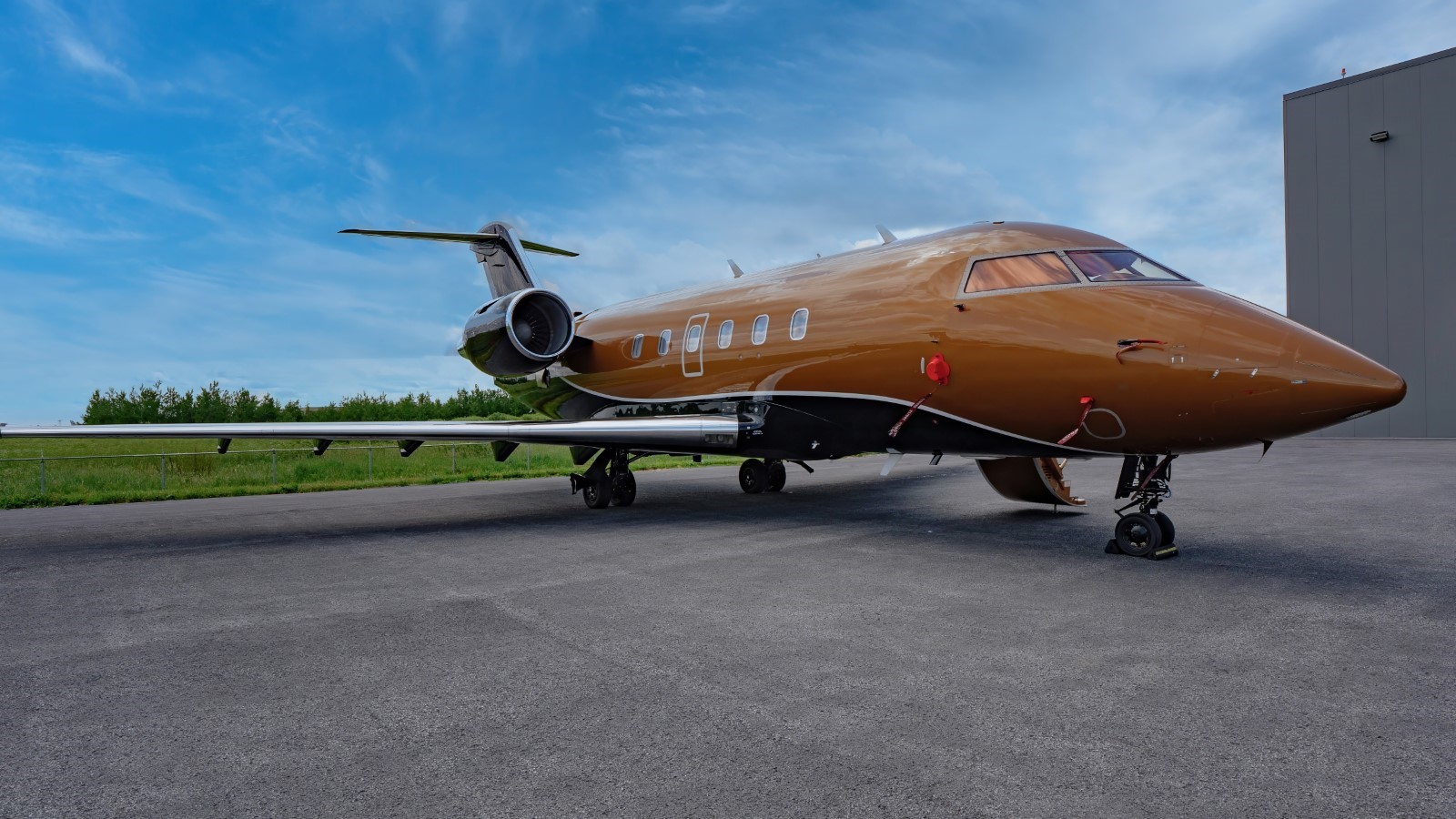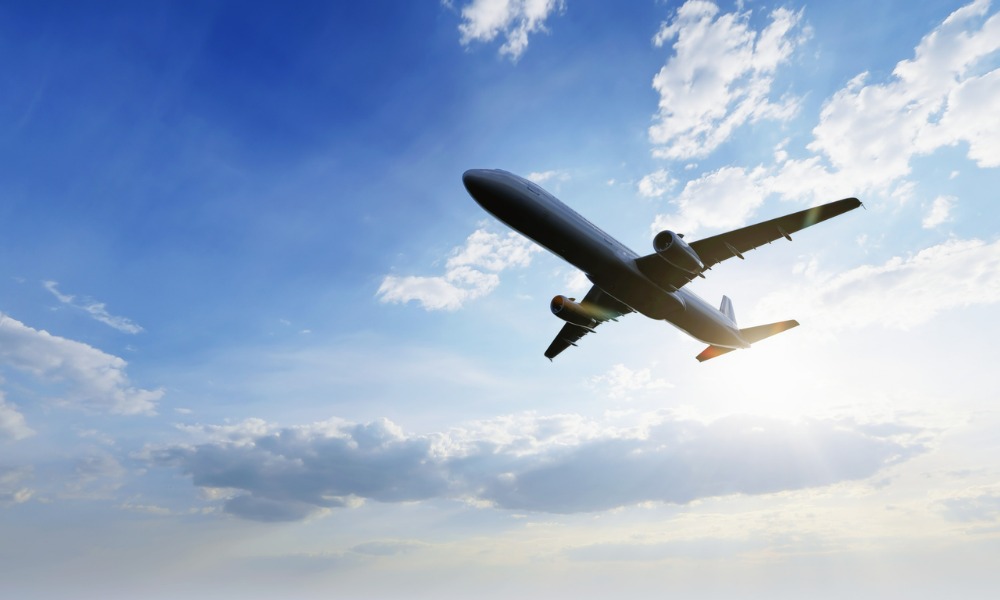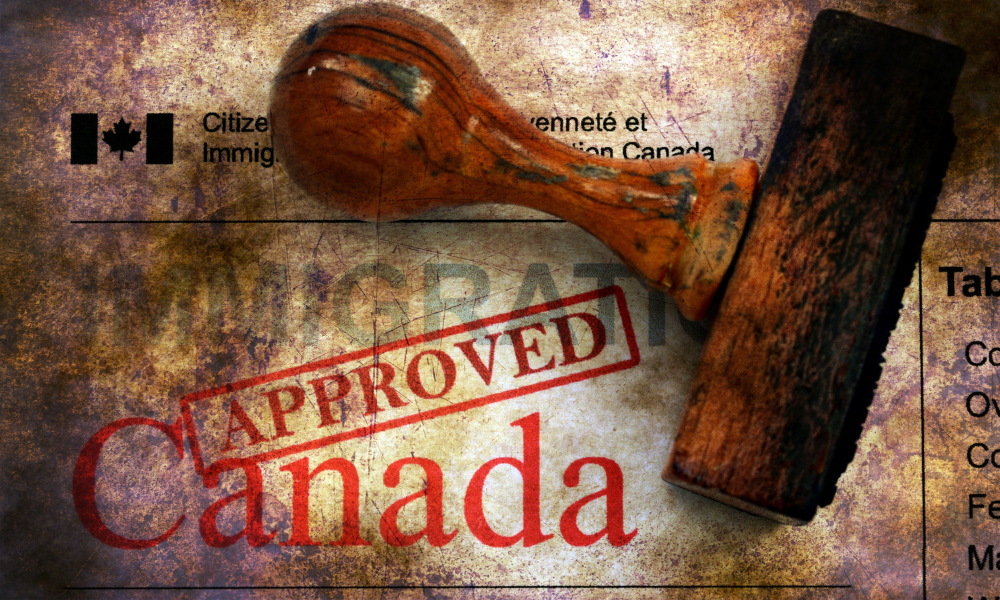Stakeholders in the civil aviation industry must follow Canada’s different laws and regulations. These stakeholders primarily involve aerodrome operators, commercial airline and aircraft companies, their crew, and even the public or the passengers.
What are the Canadian Aviation Regulations?
There are many regulations in Canada on civil aviation, but the two most notable are:
- Air Passenger Protection Regulations (APPR): enacted under the authority of the Canada Transportation Act (CTA)
- Canadian Aviation Regulations (CARs): enacted under the Aeronautics Act as its enabling law
Canadian Aviation Regulations (CARs)
The Canadian Aviation Regulations cover civil aviation and aeronautics in Canada, repealing the Air Regulations and Air Navigation Orders. The CARs implement provisions of the Aeronautics Act, such as:
- aircrafts and helicopters
- aerodromes and airports
- flight crew
- aircraft maintenance engineers
- air traffic controllers
- air navigation services
Safety Management System (Subpart 7, Part I, CARs)
One of the rules set by the Canadian Aviation Regulations relates to setting up a Safety Management System (SMS) (section 107.02). This is the documented process of managing risks by integrating operations and technical systems with financial management and human resources. The goal is to ensure safety for everyone (section 101.01 (1)).

While the SMS depends on the size of the operations of an approved maintenance organization (AMO) or an air operator (section 107.04), it must include these processes (section 107.03):
- safety policy where the SMS is based on
- setting goals and measuring success
- identifying hazards and evaluating or managing other risks;
- internal reporting and analyzing of hazards, incidents, and accidents;
- implementing corrective action to prevent recurrence of these hazards, incidents, and accidents;
- implementing awareness of these SMS processes to personnel, including their responsibilities on these processes;
- quality assurance program
- reviewing or auditing the SMS.
The SMS is also applicable to other areas of the regulations, although it requires the above-mentioned processes and documents.
#Canada 🇨🇦’s civil aviation medical examiners assess #pilots regularly to ensure they meet the fitness requirements to fly! For more info: https://t.co/Bx8KTpq9dF pic.twitter.com/pylqiYX4sX
— Transport Canada (@Transport_gc) July 20, 2018
Obligations of Airport Operators (section 302.07 (1), CARs)
Aside from the process of applying for an airport certificate with the Minister of Transport, regulation of aerodromes, airports, and heliports also fall under Canadian Aviation Regulations.
Under the Aeronautics Act, an aerodrome is any area that is used or designed for either the arrival, departure, movement, or servicing of aircrafts in Canada (section 3 (1), Aeronautics Act). An airport and heliport may fall under the definition of an aerodrome, where certain obligations are imposed by the CARs.
Among the main obligations of airport operators according to CARs include:
- meeting the applicable Aerodromes Standards and Recommended Practices - TP 312, which state the specific requirements on the airport’s physical characteristics, obstacle limitation surfaces, and visual aids
- meeting the conditions set by the Minister of Transport in the issued airport certificate
- allowing inspectors from Transport Canada to conduct necessary airport inspections
- notify the Minister of Transport within 14 days of any change in the airport, its facilities, or level of service if these changes affect the accuracy of information in the Aeronautical Information Publication or if they affect airport operations
- assign duties only to personnel who have completed the appropriate safety-related initial training course on human and organizational factors
- remove any kind of obstruction from the surface or vicinity of the airport which may likely be a hazard to public safety
Here’s a behind the scenes look at the work of a Transport Canada civil aviation inspector:
If you’d like to learn more about Canada’s aviation regulations, speak with a legal expert in your area. If you live in Vancouver, for example, contact a Lexpert-ranked aviation lawyer in British Columbia.
Control of Wildlife (Division III, Subpart 2, Part III, CARs)
Airport operators are also required to have an Airport Wildlife Management Plan (section 302.305, CARs). It aims to minimize the risks brought by wildlife to passengers and crew of aircraft during its operations. This Plan, which is reviewed every two years by airport operators, must set out ways to:
- identify, describe, and specify the appropriate measures in relation to the risks associated with all wildlife hazards
- manage airport habitats that might attract wildlife, prohibit the feeding of wildlife animals, and prevent their exposure to food wastes
- ensure that all endangered or protected wildlife are properly inventoried
Noise Compliance (Subpart 7, Part V, CARs)
As part of the airworthiness standards set by the CARs, aircraft operators must comply with certain noise operating restrictions and noise abatement procedures, as published by NAV CANADA in the Canada Air Pilot and the Canada Flight Supplement. These noise standards are adopted from the standards of the International Civil Aviation Organization (ICAO), which have been inserted into the CARs for compliance of aircraft operators.
What are the regulatory bodies for aviation in Canada?
The aviation industry in Canada is regulated by different agencies:
- Transport Canada: responsible for implementing transportation laws and regulations in general (whether for land, maritime, and aviation sector), such as the CARs and the APPR, including the violations committed under these laws and regulations
- Canadian Transportation Agency: responsible for the licensing of domestic and foreign air carriers who wish to operate in Canada
- Canada Border Services Agency: looks after Canadian border security and ports of entry, collects duties on importations, prevents the entry of illegal or prohibited products or articles, prevents the entry of documented and undocumented immigrants or refugees
- Canada Revenue Agency: charged with the collection of Air Traveller Security Charge from air carriers and other taxes related to aviation.
Have more questions about Canadian Aviation Regulations? Post your questions below or contact one of the Lexpert-ranked best aviation lawyers in Canada.
Related Articles:
Air transport regulation: Canadian aviation laws to know
An overview of Canadian Aviation Regulations 702
A guide to Canadian Aviation Regulations 703
Canadian Aviation Regulations 704: a quick guide for air operators
Canadian Aviation Regulations 705: the basics for airline operators
What is Aviation law in Canada?
The basics of Canada’s civil aviation regulation





